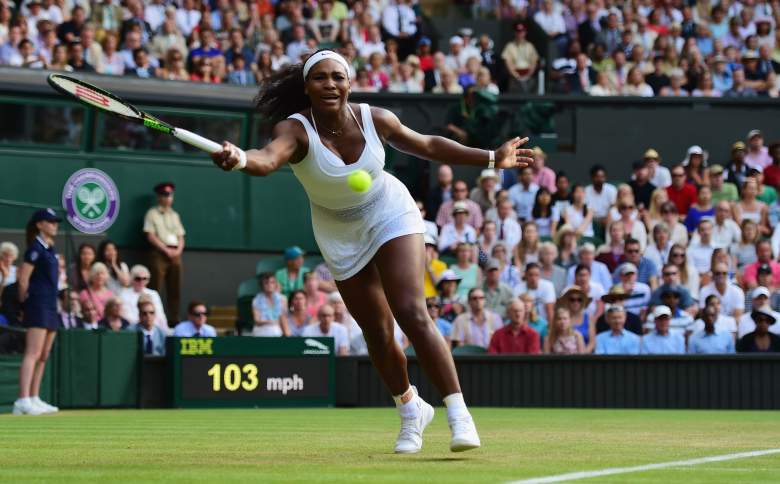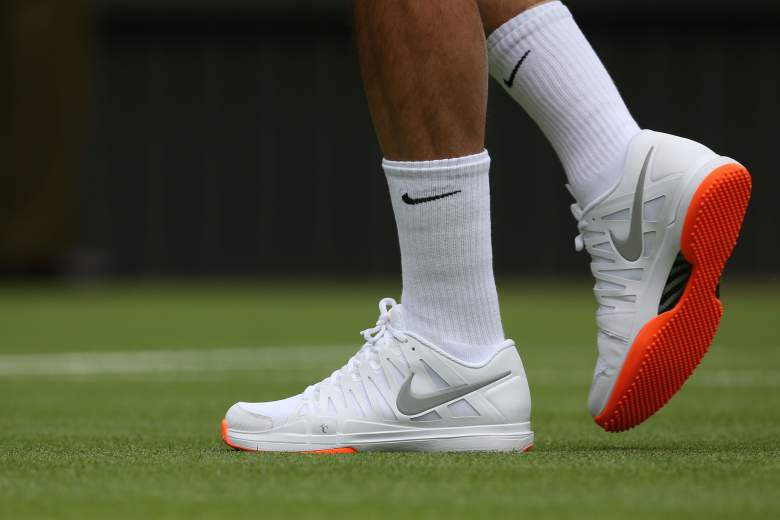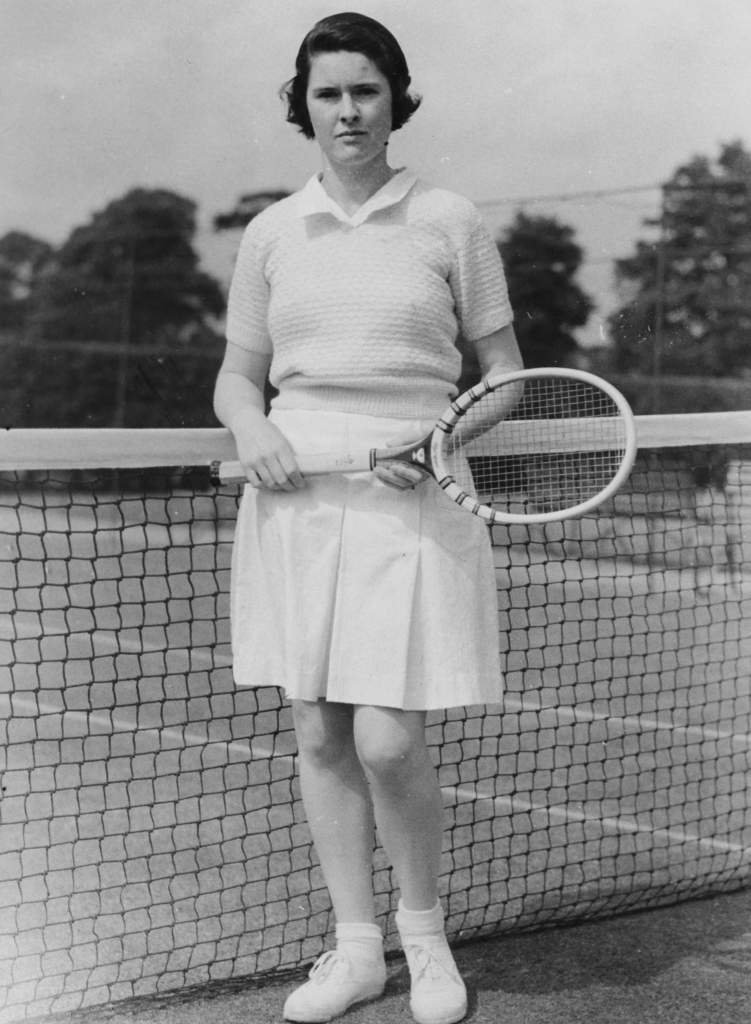
(Getty)
Wimbledon has long been regarded as one of the most prestigious sporting events in the entire world. It’s an event that mixes British royalty with Hollywood hot shots and the tennis-loving public.
It also has one of the strictest dress codes anywhere. The Wimbledon dress code is more intense than your high school dress code that required you to wear plaid ties and knee socks.
But while the Wimbledon whites have long been the standard for competitors, this summer, the tournament’s dress code has come down harder than ever, faulting athletes for headbands and bra colors. It’s also garnered its fair share of criticism as an antiquated rule that no longer has a place in the current tennis-playing world.
That doesn’t mean it’s about to change any time soon though. Here’s what you need to know about Wimbledon’s dress code:
1. The Wimbledon Dress Code Has 10 Parts

(Getty)
After years of tradition and dress codes, Wimbledon’s on-court attire rules went under a bit of an update in 2014. That update, however, was not particularly relaxing. In fact, the dress code is now more extensive than ever with an in-depth, ten-point list of dos and donts for players.
The most important aspect, of course, is the necessary white clothing. According to Wimbledon that means white as the new fallen snow. Bullet point No. 2 makes sure to also point out that “white does not include off white or cream.”The back of a shirt, dress, tracksuit top or sweater must also be totally white and there can be no solid mass or panel of color. That means no company emblems either. Wimbledon is not interested in what brand you are representing.
The dress code also requires competitors to be suitably clothed on both The Championship courts for practice and for matches but does add that a more relaxed dress code operates at the Aorangi Park practice courts.
2. The Official Wimbledon Headband Violates the Wimbledon Dress Code
In the world of sports there is always a sense of slight ridiculous-ness. This one might actually take the metaphorical, and maybe even the literal, cake.
Nick Kyrgios received a dress code violation earlier this week after he was cited for wearing an illegal headband. The official Wimbledon headband. That’s right. Wimbledon officials called out Kyrgios for his off-white outfit because his headband, the official tournament headband, had too much color on it.
The Australian up-and-comer had to actually turn the headband inside out in order to continue competing in his match against Milos Raonic. The offending piece of clothing had a large green and purple stripe running across the middle of it, which, according to Wimbledon dress code rules, defies Section VII of the permitted accessories.
3. Roger Federer Called the Dress Code ‘Quite Extreme’

(Getty)
Federer, who is the No. 2 overall seed in the tournament, ruffled a few Wimbledon feathers after he made comments about the dress code following his second round victory this year.
He told reporters:
I love Wimbledon but they’ve gone too far now. The rules have become ridiculously strict. I would be in favour of loosening it up a little bit. But it is what it is. It’s all white, we’re all for it. We get that. I just find it quite extreme to what extent it’s gotten to white. We’re talking white like it was in the 1950s. If you look at the pictures then, it was all white.
This isn’t the first time the former Wimbledon champ has criticized the tournament’s insistence on all-white everything. In 2013, Federer was told he could not wear his orange soled Nike shoes because they violated the dress code. There were some that suggested the shoes were worn on purpose as a marketing ploy by Nike. Whether it was intentional or not, the shoes sold out on Nike’s online store not long after the end of Federer’s match.
4. Female Players Have Been Forced to ‘Play Braless’ to Comply With the Dress Code

(Getty)
According to Pat Cash, who won the Wimbledon title in 1987, female players have previously been “forced to play braless” in order to comply with the tournament’s code. Cash told BBC Radio Live that he had seen players forced to go back into the locker room to remove the colorful pieces of clothing and, with no other options, play without a sports bra on.
According to The Guardian, players in violation of the code receive a compliant outfit to wear during competition but, sometimes, those outfits are sparse. Anna Kournikova was once asked to change her shorts due to excess color and, even after changing, was asked to cut out a corporate logo that was visible on the new shorts.
5. The Dress Code Dates Back to the 1800s When Sweat Stains Were Deemed Unseemly

(Getty)
The Wimbledon dress code has been around for a long time. Several hundred years in fact. The code dates back to the 1800s when tennis whites first appeared as a way to prevent the appearance of sweat stains, particularly when playing the sport at social gatherings.
Valier Warren described the clothing shift in her book Tennis Fashion: Over 125 Years of Costume Change:
One problem which simply had to be addressed very early on was that of perspiration. As increased skill at the game led to more movement on court, this in turn led to the dreaded problem of perspiration causing the appearance of embarrassing damp patches on colored fabrics. It was quite unthinkable that a lady should be seen to perspire!
Wimbledon whites was a tradition at the event for nearly six decades, before Ted Tingling, a British player who led the next wave in tennis fashion after his retirement, introduced small pops of color on the hems of Joy Gannon’s dresses in 1947.
The dress code enforcement, which has gotten progressively stricter over the past decade, has been the bane of clothing manufacturers for years. It’s difficult to pinpoint who is wearing what when everyone is wearing white.

